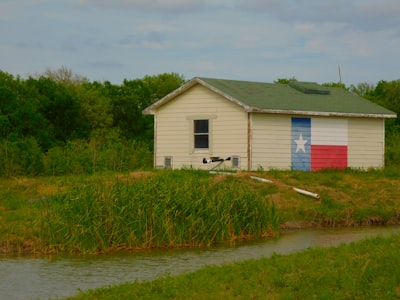Why Are Texas Flash Floods So Deadly? Lessons from the 2025 Disaster
In July 2025, unprecedented flash floods devastated central Texas, resulting in a staggering death toll and testing the limits of emergency response and community resilience. As headlines track the numbers—over 95 dead and entire communities reeling—the most urgent questions trend online: Why do flash floods in Texas turn so deadly? What role do emergency warning systems, infrastructure, and local preparedness play? And how can at-risk regions better protect their residents?
Understanding Flash Flood Risks in Texas
Texas flash flood causes: Texas ranks among the most flood-prone states in the U.S. due to its unique weather patterns, hilly topography, and fast-flowing rivers. In places like Kerr County, sudden extreme rainfall can transform creeks into raging torrents in hours. When storms deliver 5–10 inches of rain in just a few hours, the steep terrain funnels water downstream, quickly overwhelming low-lying neighborhoods and camps.
Why is Kerr County especially vulnerable?
- Hilly terrain accelerates runoff.
- Numerous summer camps and riverside developments cluster near water.
- Historical underinvestment in flood warning infrastructure.
Emergency Warning Systems: Did They Fail or Succeed?
Following the Texas floods, many are asking: Are current flood warning systems sufficient? Reports highlighted the absence of flood sirens in Kerr County, even as other regions had implemented audible alerts. Despite debate, the National Weather Service claimed early, consistent warnings were issued—but what about local dissemination?
Flood Alert System Comparison:
- Flood Sirens: Loud, public, effective for campers and outdoor populations.
- Mobile & Radio Alerts: Reliable but dependent on individuals having phones or radios active.
- Community Watch: Some camps, like Mo-Ranch Presbyterian, relied on vigilant staff to spot rising water levels and lead evacuations.
Low investment in public sirens has sparked petitions and debate: Could more lives have been saved with better infrastructure?
Community and Volunteer Response: Strengths and Struggles
Communities were the first to respond. Volunteers, even those directly affected, joined search efforts. Animal rescue organizations and sniffer dogs aided the massive, complex search for missing residents. Emotional stories—parents washed away holding hands, camp staff dying heroes—underscore the human toll, but also the remarkable strength of Texas communities.
The Role of Leadership and Policy in Disaster Resilience
Discussions swirled around budget cuts to agencies like the National Weather Service and whether better funding could have saved lives. As President Trump visits the region, locals demand action on both immediate relief and long-term planning: resilient infrastructure, flood sirens, and robust emergency management funding.
How to Prepare for Flash Floods: Safety Tips and Resources
As the threat of storms continues, Texans and those in similar high-risk areas ask:
- How can families prepare for flash floods?
- Sign up for official weather alerts (NOAA, NWS apps).
- Know evacuation routes and keep emergency kits ready.
- If near waterways, push for local sirens or community alert systems.
- What about camps and groups?
- Always assign trained spotters during storms.
- Establish clear communication and rapid evacuation plans.
Emerging Questions: What’s Next in Flood Safety for Texas?
Will Texas invest in new early-warning technology? Will flood-prone communities unite for greater preparedness? The 2025 disaster shows that effective alerts, infrastructure investment, and a well-coordinated community response save lives.
FAQ: Texas Floods and Disaster Preparedness
Q: Why do Texas floods escalate so fast?
A: Rugged geography and sudden intense rain emphasize risk; water drains rapidly from hills into rivers and lowlands.
Q: Are flood sirens effective?
A: Yes, especially in outdoor areas and camps; best combined with digital alerts.
Q: How can I support affected communities?
A: Donate to trusted local relief organizations, support mental health outreach, and advocate for resilient infrastructure improvements.
For more on emergency preparedness and flood safety, see NOAA's Flood Safety Tips.
Key Takeaways
- Texas flash floods are deadly due to topography, extreme weather, and infrastructure gaps.
- Early warning systems (sirens, digital alerts) and evacuation plans are critical.
- Community resilience and policy investment are vital for future disaster readiness.

Comments
No comments yet. Be the first to comment!